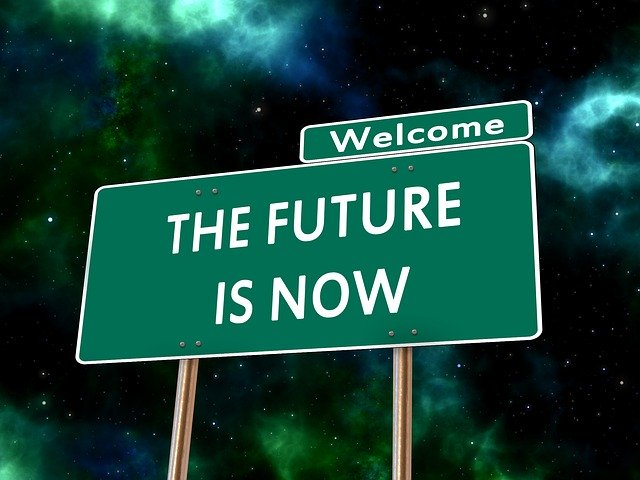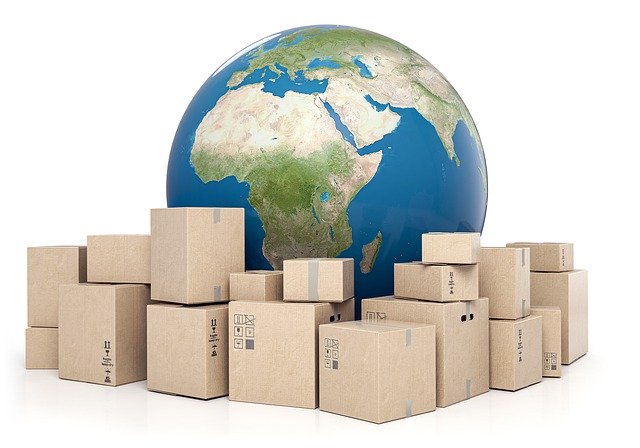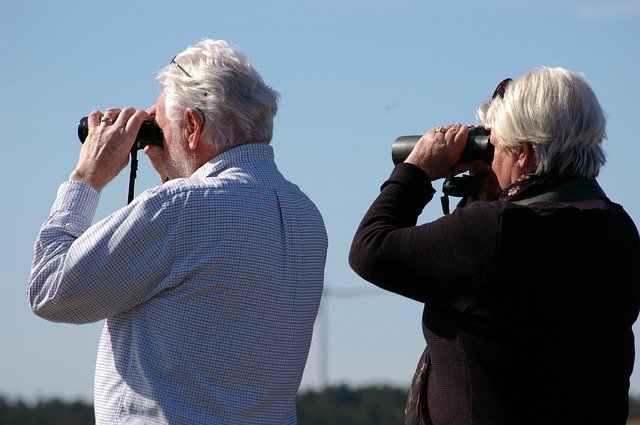- First, face facts. This is not ending any time soon. If you’re trying to hang on by your fingernails, understand that even when it’s “over”, the business environment has been irrevocably impacted. Your business and your customers will not (and dare I say, should not) be the same when this is over. Like any other crisis, this can be a time of clinging to the past, or a time for seeking a new opportunity. Realize this, and commit to finding a new way forward.
- Next, decide what you need to stop doing. Whether that’s spending money on non-essentials, or reaching out in your marketing efforts in ways that are ineffective, insensitive, or pointless, look at everything you do, and stop everything that isn’t adding value for you, your employees, or your customers.
- After that, evaluate what you must absolutely continue. What are the non-negotiables? Not the “nice to have”, but the essentials without which, your business would die. Is it internet service? (For most modern businesses, yes. It’s not like you can pop round to the corner coffee shop and poach their wifi any more). Paying your rent? Maybe, if you can’t negotiate a freeze or a deferral. Paying for food or medicine? Yes. Preserving your mental and physicial health? Absolutely.
- Next, make a list of what you can change, that will make you ready for the future, or stronger in the here and now. Perhaps it’s listening a little less to the news. Or putting on “real pants” instead of working in your pyjamas. Or taking less money out of your business than usual, until you find your sea legs in this ocean of change. Or doing one of your “continue” items, but in a less expensive, safer, or more efficient way.
- Those four things will give you stability. They’ll let you get into “ready position”. If you’ve ever played a sport or taken a gym class, you might recognize that expression. In case you don’t, it’s where you know you’ve got your feet firmly under you. The challenge is that you can’t hold the ready position forever. It’s designed for movement. It’s meant to help you launch. So the fifth, and final action, is to decide what you can start doing. Where are the opportunities? Is there something new in you, that you’ve been too busy to start? If it is something you’re uniquely or especially good at (the what), and people need it now (the who and the when), and they’re willing to pay for it and you can get it to them in this low-touch environment (the where and the why), it’s a business opportunity worth exploring. You’ve got this. Start now. Figure out the how.
These five steps are mission critical. Now’s the time. You’ll never have another opportunity like it.
I’m Megann Willson and I’m one of the Partners here at PANOPTIKA, along with Steve Willson. For nearly twenty years we’ve been helping companies and individuals make better decisions for their businesses and careers. If we can help you, hit the contact tab and find out how to reach us. No obligation. We’ll listen, and if we can’t help, we’ll do our best to point you to someone who can. We’ll continue putting out content like this via LinkedIn, Twitter, and Facebook. And if you’d like some good news in your inbox each week, join our subscriber list. A new issue drops on Fridays at 3pm Eastern.










